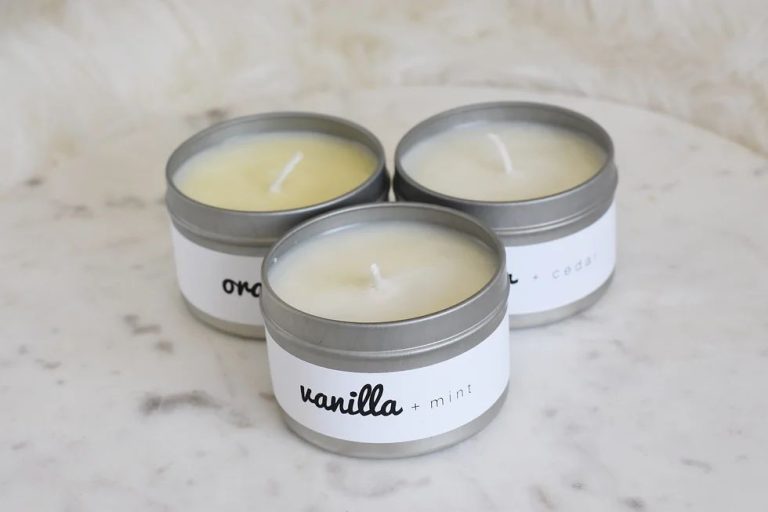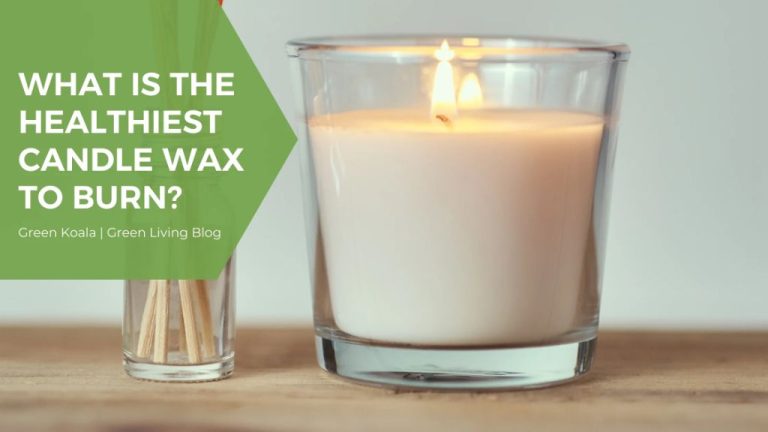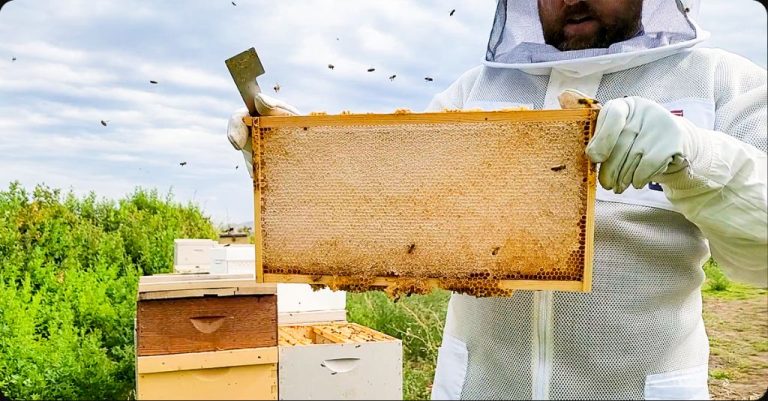What Makes A Wick A Wick?
A wick is a specially designed component used to draw liquid fuel up from a reservoir via capillary action and supply it to a burning surface. The main purpose of a wick is to deliver fuel to a flame or heating element at a controlled rate in order to sustain combustion.
Wicks have been used for millennia in lamps and candles to draw oil or melted wax upwards. Early wicks were commonly made of materials like rush stems, rolled up strips of cotton or linen, or braided fibers. Over time, wick design evolved to optimize fuel delivery, reduce mushrooming or sooting, and improve safety.
Today, wicks are engineered to meet the specific fuel delivery needs of appliances like oil lamps, tiki torches, wax warmers and more. Modern wick materials like fiberglass and paper continue to be popular, but new options like metal and ceramic are also in use. The right wick design is critical for any device relying on capillary action.
Materials Used
Wicks are designed to bring fuel to the flame in items like candles, oil lamps, and lighters. Over time, various materials have been used to make wicks based on their ability to efficiently draw up fuel and maintain a flame. Some of the most common materials include:
Cotton – One of the oldest and most widely used wick materials. Cotton fibers provide good capillary action to bring fuel up the wick while also burning cleanly. Cotton wicks are common in wax and oil candles. The fibers can be braided or twisted together.
Wood – Dense wood splints were commonly used as wicks in candles historically before being replaced by cotton. Wood provides stiffness to maintain an upright wick while absorbing fuel. However, wood burns less cleanly than cotton with more smoke and carbon buildup.
Paper – Paper such as tissue paper can be used to make simple wicks, like in birthday candles. However, paper is less durable when wet with fuel. Specialty paper wicks are sometimes used in lamp wicks and wax candles.
Synthetics – Modern wicks may incorporate synthetic fibers like nylon or rayon to improve capillary action or reduce carbon buildup. These synthetic core wicks are then wrapped in cotton or paper.
Wick Structure
A wick’s structure refers to how the strands or fibers are assembled to create the wick. Wicks can be made of braided, twisted, knitted, or plaited strands of material. The main types of wick structures are:
- Braided wicks – Multiple strands braided together. Braided wicks tend to be rigid and sturdy.
- Twisted wicks – Strands twisted together like a rope. Twisted wicks are softer and more flexible than braided wicks.
- Knitted wicks – Strands knitted together into a tube shape. Knitted wicks provide great capillary action.
- Plaited wicks – Multiple strands woven together. Plaited wicks hold more fuel but burn slower.
The wick structure impacts how the wick draws fuel via capillary action, holds and burns the fuel, and sustains itself as it burns. Tightly braided and twisted wicks tend to be more rigid and burn at a hotter temperature. Loosely braided or knitted wicks are more flexible and often provide a cooler, more even burn. Wick structure also affects curling or mushrooming at the wick tips. Overall, the strand thickness, tightness of the weave/braid, and material all impact wick performance.
Wick Sizing
The thickness or diameter of a wick plays an important role in how well it performs. Wick sizing affects the rate of fuel consumption and heat output. Thicker wicks allow more fuel to travel upwards through capillary action. This larger surface area results in a higher rate of evaporation and a larger flame. However, if the wick is too thick for the fuel reservoir, it can overload the wick and cause pooling or buildup of unburned fuel. This leads to smoke, soot, and an uneven burn.
Thinner wicks have less surface area, so the rate of evaporation is lower, resulting in a smaller flame. But a wick that is too thin for the type of fuel may struggle to draw enough fuel upwards and maintain a consistent flame. The wick must be thick enough to keep the fuel source saturated.
In general, larger candles and heaters require thicker wicks to disperse the heat, prevent clogging, and avoid drowning the wick. Smaller candles and containers are paired with thinner wicks. But the optimal wick thickness ultimately depends on selecting the right wick size for the specific fuel, melting point, and intended use.
Wick Coatings
Wick coatings help determine how a candle burns. Two common wick coatings are wax and zinc.
Wax coating is often used to prime a wick before the first burn. The wax coating allows the wick to easily absorb the candle’s melted wax, helping anchor the wick in place and sustain the flame. Without wax coating, a new wick could struggle absorbing enough fuel to stay lit.
Zinc wick coatings slow down wick burning to help prevent excess mushrooming, tunneling, and smoking. Zinc chloride coating is commonly used for container candles, while zinc stearate coating is often used for freestanding pillars. Zinc coatings regulate temperature to inhibit a flame from getting too hot and burning the wax unevenly.
Properly coated wicks lead to cleaner burning candles with fewer issues. The coating type impacts how quickly the wick absorbs wax, the size and shape of the flame, and the overall burn performance.
Wick Holders
Wick holders serve an important function in candles, oil lamps, and other devices that use wicks. They keep the wick upright and centered to ensure proper burning. There are various types of wick holders used:
Candles – Most candle wick holders are small metal clips that grasp the base of the wick and hold it straight as the candle burns. The wick holder is embedded into the bottom of the candle wax and remains in place throughout the candle’s use. Some candle wick holders may have additional wires or plates to further stabilize the wick.
Oil lamps – Oil lamp wick holders also hold the wick upright, but allow it to be raised and lowered to adjust the flame. Often they are simple metal shafts the wick slides through, with a height adjustment knob or lever on the protruding top end. Fancier antique oil lamps may encase the wick holder in an decorative metal piece.
Liquid fuel stoves – Backpacking stoves that burn liquid fuel often have a wick holder to keep the priming wick ready for ignition. This is usually a small metal clip or post that pokes out next to the fuel outlet.
Emergency candles – Some wick holders are designed for emergency or survival kits. A metal cup holds wax or tinder with a wick in the middle, allowing the wick to burn surrounded by the flammable material.
Having an effective wick holder is critical to ensure consistent and safe burning of a wick-based light source. The wick holder keeps the wick stationary and upright as fuel is consumed during use.
Maintenance
Proper maintenance is crucial for wicks to function optimally and safely. Over time, wicks can become oversaturated with wax, develop residue buildup from impurities, or become deformed through use.
One key maintenance task is trimming the wick to remove any darkened or encrusted tips. Using scissors or nail clippers, carefully trim the wick to expose a fresh wicking surface. Trim just the very tip, removing 1/16” or less. Trimming also helps sustain an ideal flame height and prevent excess smoke.
As the wick burns down, a carbon “mushroom” head may form. Use scissors or clippers to gently snip this excess carbon away and restore the wick’s shape. Mushrooming can lead to uneven burning, smoke, and wax pooling.
Sooting occurs when unburned carbon forms on the wick. This prevents the fiber from absorbing wax. Gently pinch and slide your fingers down the wick to remove soot buildup. However, avoid excessively cleaning the wick as this can damage the braiding.
If left untrimmed, wicks can form a crown-like carbon mass and create dangerously high flames. Always keep wicks trimmed to 1/4” to maintain safety. Replace wicks when excessively thick, brittle, or worn.
Safety
When it comes to wick safety, the most important factor is fire safety. Selecting the proper wick material, size, and maintaining the wick through regular trimming are key to preventing fires.
Natural fiber wicks like cotton and linen can burn very hot and fast compared to synthetic wicks. Make sure to select a wick that is intended for your specific candle or lamp oil. Oversize wicks and long wick trimmings left in the melting pool can also lead to big flames and candle fires.
Trim wicks to 1⁄4” before every use. Long wicks with mushrooms or curls burning off the end are major fire hazards. Trim ashes off the end of wicks after blowing candles out to remove carbon buildup and promote an even burn. Wicks should be monitored closely and trimmed any time they grow over 1⁄4″ long.
Never leave burning candles unattended. Keep burning candles away from flammable materials like curtains, books, and dried flowers. Place candles on a stable, heat resistant surface. Consider using candle holders that capture melted wax and prevent it from spilling over. Practice common sense fire safety with wick selection, trimming, and monitoring to prevent candle fires.
Innovations
Wick technology has continued to advance over the years. Some key innovations include:
Self-trimming wicks: These wicks have a special braided design that promotes even burning. As the wick burns down, the woven strands curve inward to maintain the optimal wick shape without needing trimming.
Smokeless wicks: Smokeless wicks are coated to produce less soot and smoke while burning. This helps candles burn cleaner.
Scented wicks: Some wicks are infused with fragrances or essential oils. As the wick burns, it releases extra scent for a stronger aromatic experience.
Beeswax wicks: Beeswax wicks are made from natural beeswax instead of cotton or paper. Beeswax can help candles burn longer and cleaner.
Wooden wicks: Wooden wicks are made from natural wood fibers. As they burn, they crackle softly like a fireplace. This provides sensory appeal.
With continued research and development, wick designs will likely continue improving in years to come.
Conclusion
In summary, three key factors determine what makes an effective wick: the wick’s material composition, structure, and coatings.
The material composition impacts wicking action, with natural fibers like cotton and linen excelling at absorbing and transporting oils. Synthetic materials like polyester can aid capillary flow but may singe more readily.
The wick’s shape and braiding pattern influence oil flow. Flat or square wicks offer more surface area, while round wicks encourage even burning. Tight braiding prevents clogging while looser braids aid capillary action.
Finally, wick coatings allow customization of burn rate, rigidity, and other properties. From simple beeswax dips to advanced chemical treatments, coatings fine-tune wicks for specific candle types and desired performance.
Understanding these key factors allows candle makers to engineer the perfect wick for their creative vision.




